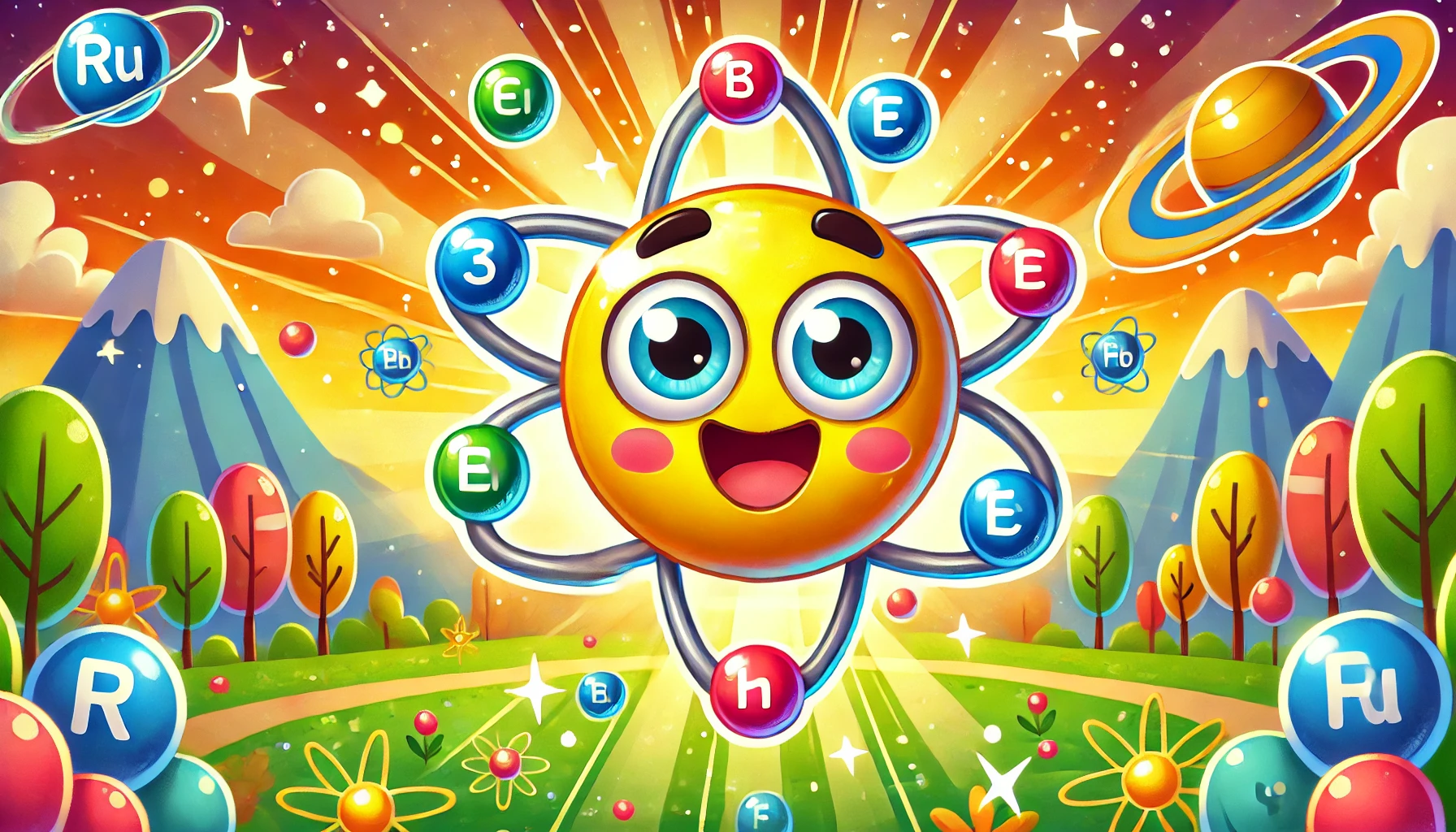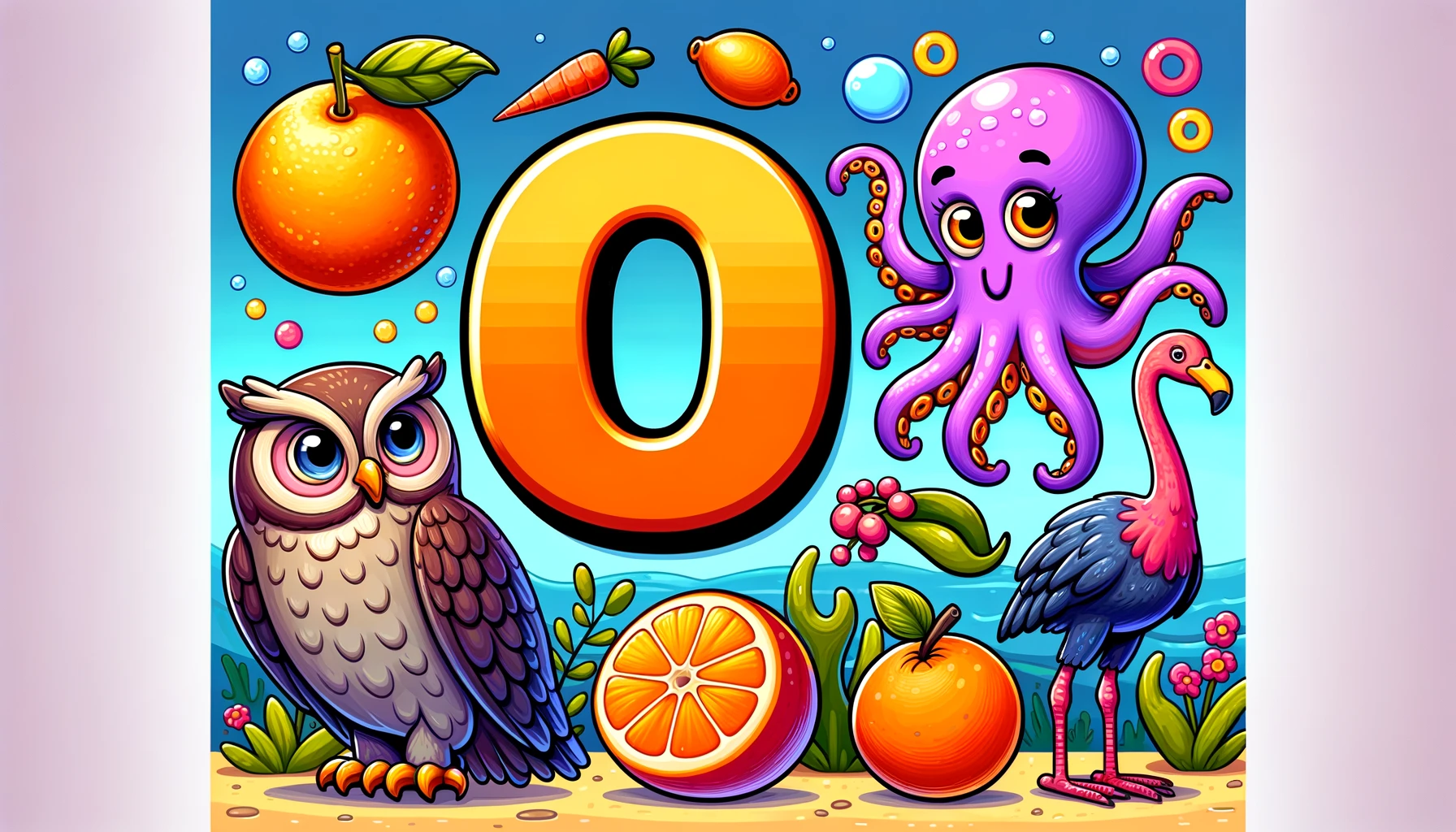Understanding Rubidium: Properties, Uses, Health Risks, and Fascinating Facts
Understanding Rubidium: Properties, Uses, Health Risks, and Fascinating Facts
Table of Contents
- Introduction to Rubidium
- Properties of Rubidium
- Uses of Rubidium
- Health Risks of Rubidium Exposure
- Interesting Facts about Rubidium
- Environmental Impact of Rubidium
- Conclusion
- References
Understanding Rubidium: Properties, Uses, Health Risks, and Fascinating Facts
Introduction to Rubidium Rubidium is a chemical element with the symbol Rb and atomic number 37. It is an alkali metal known for its high reactivity and various applications in science and industry. This article explores the properties, uses, health risks, and interesting facts associated with rubidium, providing a comprehensive understanding of this intriguing element.
Properties of Rubidium Rubidium is characterized by several distinct physical and chemical properties.
Physical Properties
- Appearance: Rubidium is a soft, silvery-white metallic element.
- Density: The density of rubidium is 1.532 g/cm³.
- Melting Point: Rubidium melts at 39.3°C (102.7°F).
- Boiling Point: The boiling point of rubidium is 688°C (1270°F).
Chemical Properties
- Reactivity: Rubidium is highly reactive, particularly with water, where it reacts violently to form rubidium hydroxide and hydrogen gas.
- Compounds: Rubidium forms various compounds, such as rubidium chloride (RbCl) and rubidium nitrate (RbNO₃).
Uses of Rubidium Rubidium has several applications across different industries due to its unique properties.
Scientific Research
- Atomic Clocks: Rubidium is used in atomic clocks, which are highly accurate timekeeping devices based on the vibrations of rubidium atoms.
- Research and Development: Rubidium isotopes are used in various scientific experiments and research, particularly in the fields of quantum mechanics and optics.
Electronics
- Photoelectric Cells: Rubidium is used in photoelectric cells to convert light into electrical energy.
- Vacuum Tubes: Rubidium is used in vacuum tubes to improve their efficiency and performance.
Medical Applications
- Rubidium Isotopes: Rubidium-82 is used in positron emission tomography (PET) scans to assess myocardial perfusion and detect coronary artery disease.
Health Risks of Rubidium Exposure Rubidium is generally considered to have low toxicity, but there are some health risks associated with its exposure.
Inhalation and Ingestion
- Irritation: Inhalation of rubidium dust or ingestion of rubidium compounds can cause irritation to the respiratory tract and gastrointestinal system.
- Nausea and Vomiting: Ingesting large amounts of rubidium compounds can lead to nausea, vomiting, and other gastrointestinal issues.
Skin and Eye Contact
- Skin Irritation: Direct contact with rubidium metal or its compounds can cause skin irritation and burns due to its reactivity.
- Eye Irritation: Exposure to rubidium dust or solutions can cause eye irritation.
Interesting Facts about Rubidium Rubidium has several fascinating aspects that make it an intriguing element.
Discovery
- Discovered in 1861: Rubidium was discovered by German chemists Robert Bunsen and Gustav Kirchhoff using flame spectroscopy.
Name Origin
- Derived from Latin: The name “rubidium” comes from the Latin word “rubidus,” meaning “deep red,” referring to the red spectral lines observed in its emission spectrum.
Isotopes
- Natural Isotopes: Rubidium has two naturally occurring isotopes, rubidium-85 and rubidium-87. Rubidium-87 is radioactive and has a half-life of approximately 49 billion years.
Use in Fireworks
- Color Production: Rubidium compounds are used in fireworks to produce a purple color.
Environmental Impact of Rubidium Rubidium is not known to have significant environmental impacts, but its use and disposal should still be managed responsibly.
Natural Occurrence
- Abundance: Rubidium is relatively abundant in the Earth’s crust, but it is not found in its pure form due to its high reactivity.
- Minerals: Rubidium is typically extracted from minerals such as lepidolite and pollucite.
Safe Disposal
- Chemical Waste Management: Rubidium and its compounds should be disposed of as chemical waste according to local regulations to prevent environmental contamination.
Conclusion Understanding rubidium, its properties, uses, health risks, and interesting facts provides valuable insight into this unique element. While it is generally safe with low toxicity, appropriate safety measures should be taken when handling rubidium, especially due to its high reactivity. Its applications in scientific research, electronics, and medicine highlight its importance in modern technology and industry.

<ⓒ WizardMedics (wizardmedics.com)>






